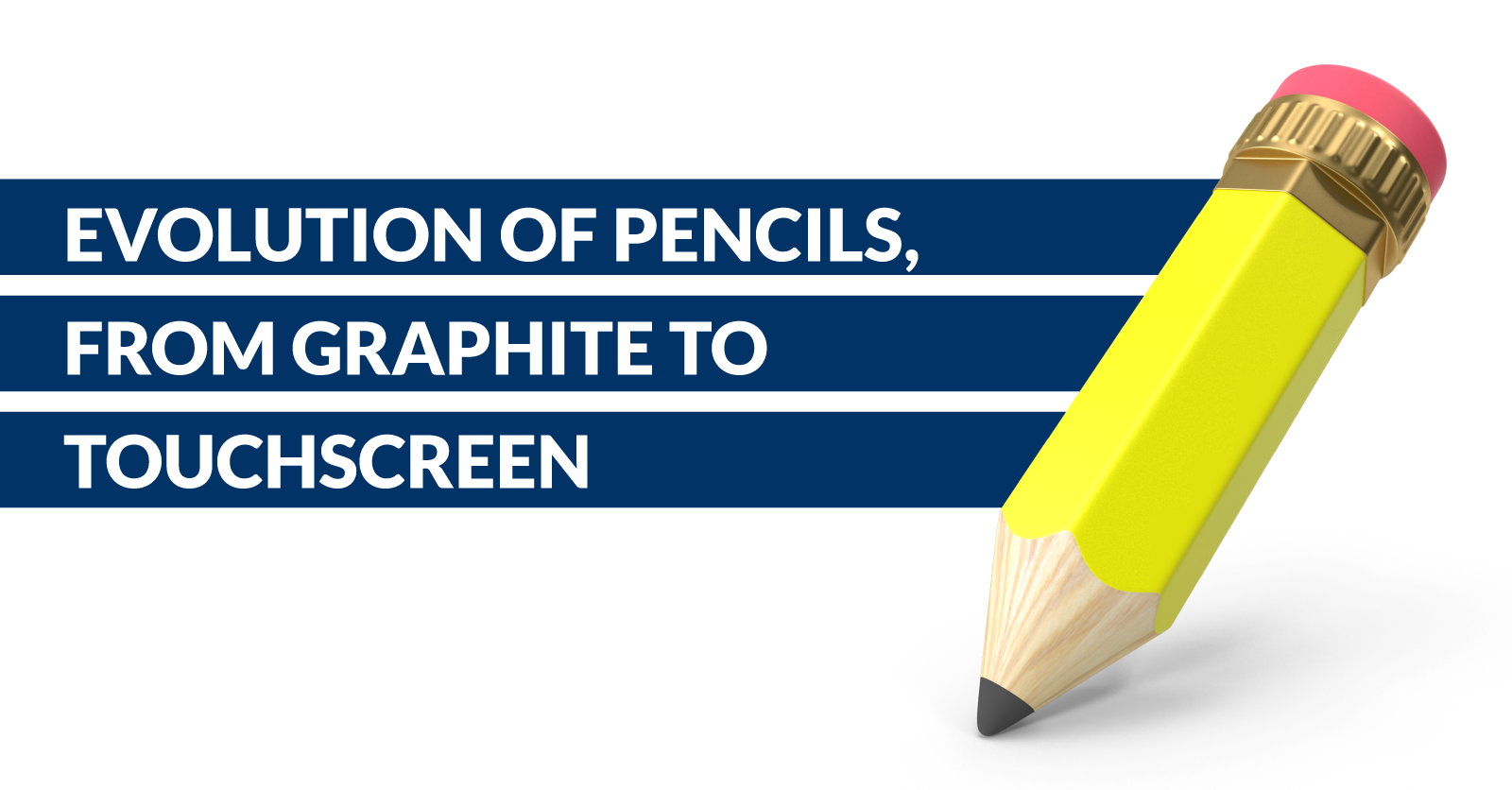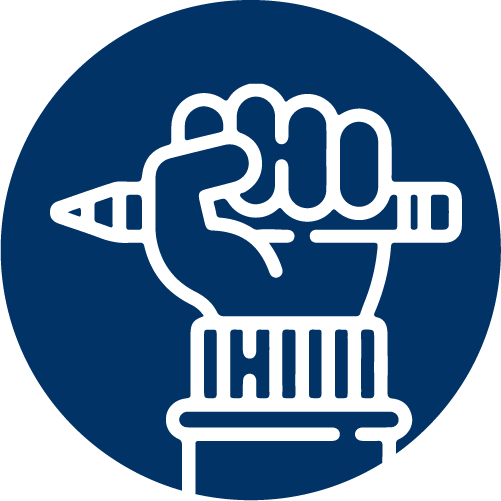
The history of the pencil begins with the discovery of graphite in England.
The material was highly appreciated for writing as it left a darker mark than than lead, but as the mineral was so soft and brittle, it also needed a holder, reason why the first pencils were graphite sticks wrapped in string or sheepskin.
The pencil continue to evolve into the method of two wooden parts glued together with a graphite center, which is the method we still use today.
When the French stopped having access to pure graphite during the Napoleonic War.

The scientist Nicholas Jacques Conte mixed finely groud graphite with clay and water in a kiln at very high temperatures.
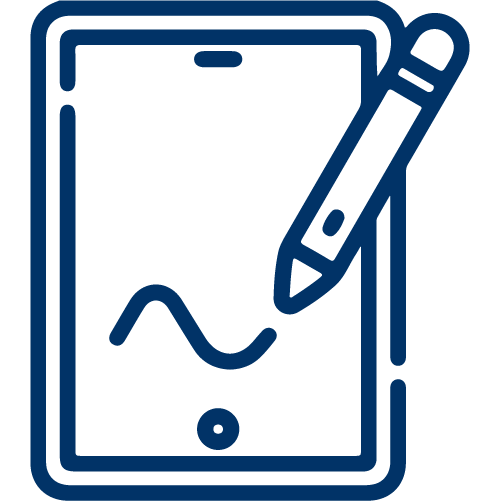
The pencil has continue evolving into different and more modern versions.
Changing the temprature would affect the hardness of the pencil, and is the method still used today to vary the Hs and Bs in pencils, which mean “Hard” and “Black”.
The pencil has continue evolving into different and more modern versions, including technological and digital pencils. Today we would like to celebrate pencils sharing a couple of patents:
Inventor:
Yoshihiro Tomura
Current Assignee:
Pilot Corp
Date of Patent:
May. 13th, 1980
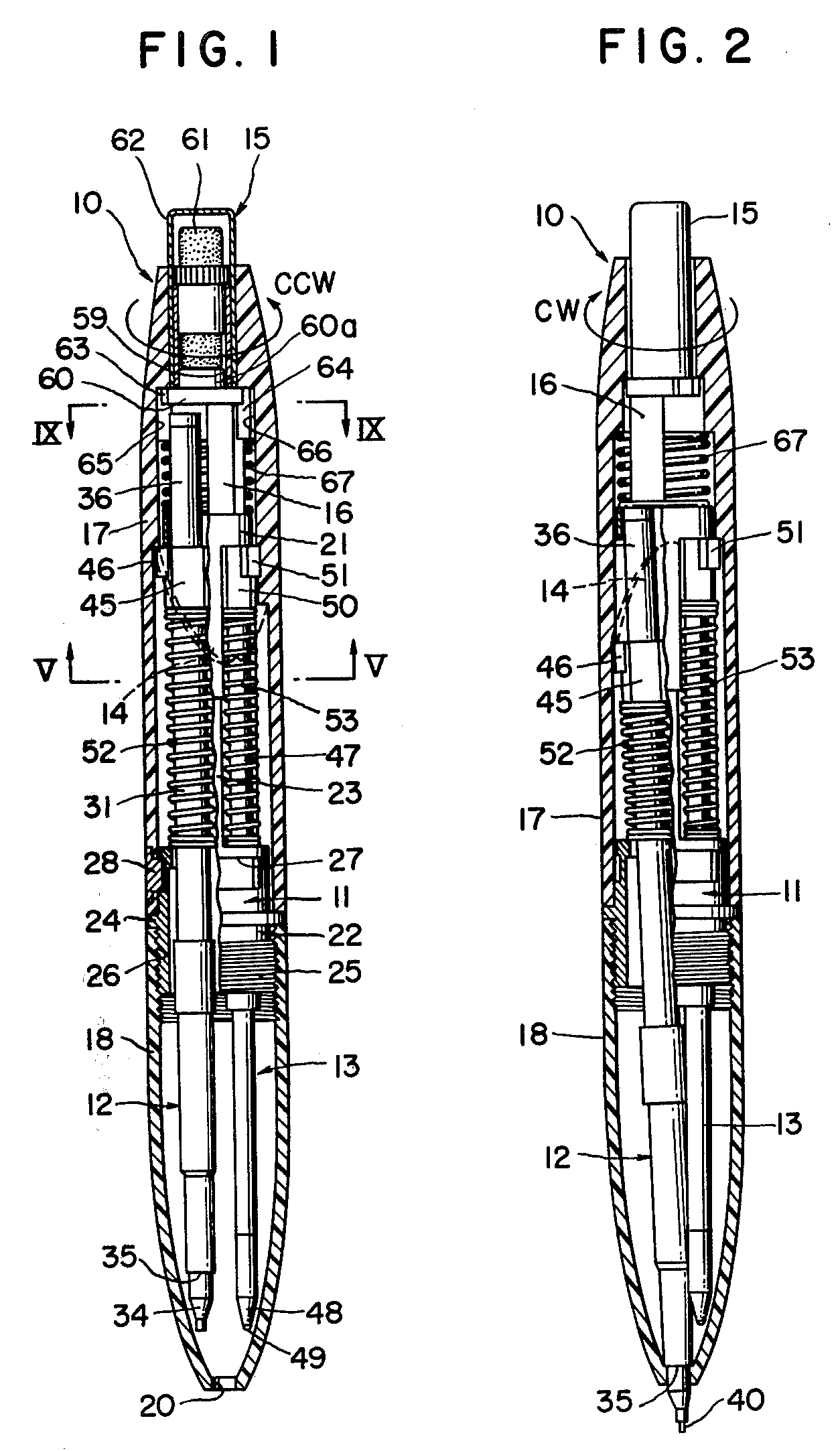
周佳李东梅
Current Assignee:
Beijing Eren Eben Information Technology Co Ltd
Date of Patent:
Sep. 07th, 2011
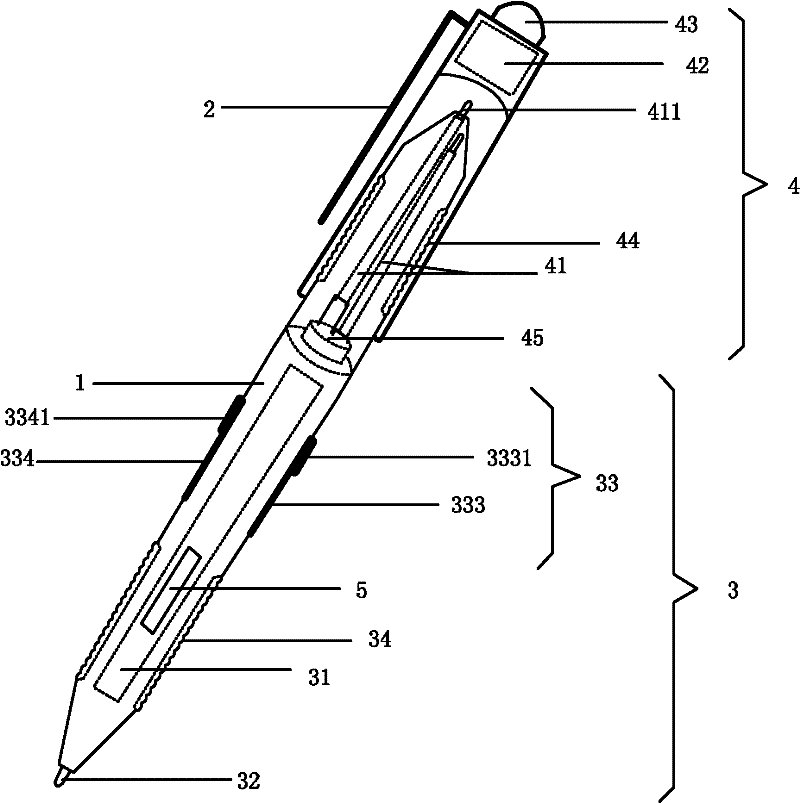
Our Expert

Mónica Guevara
Partner | Patents
Director

